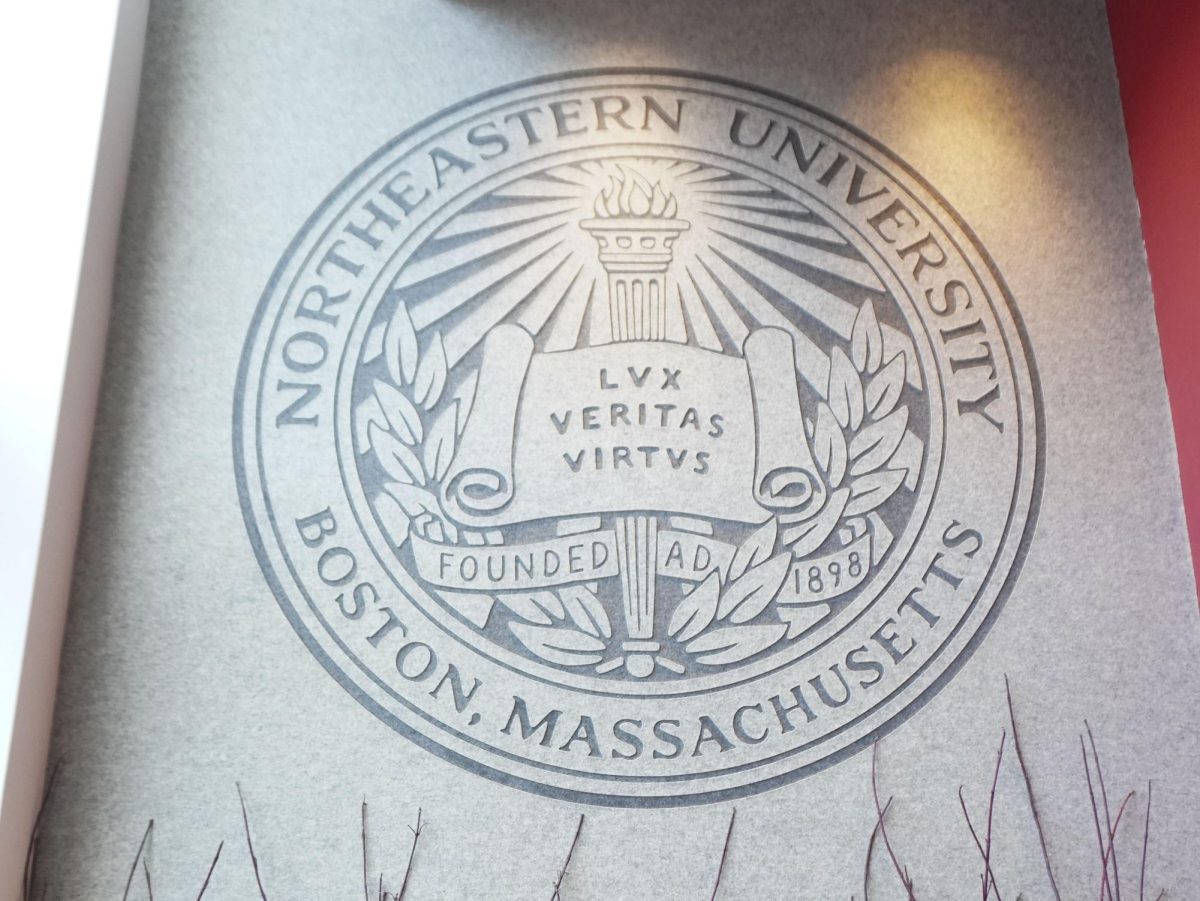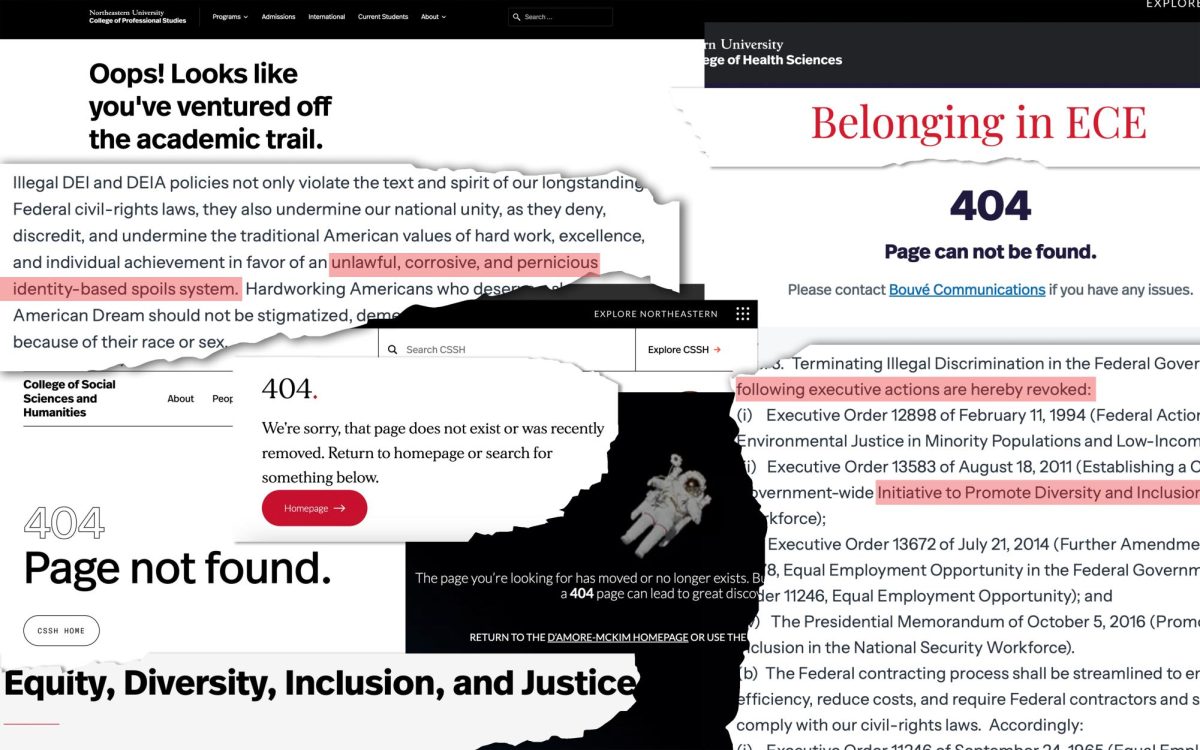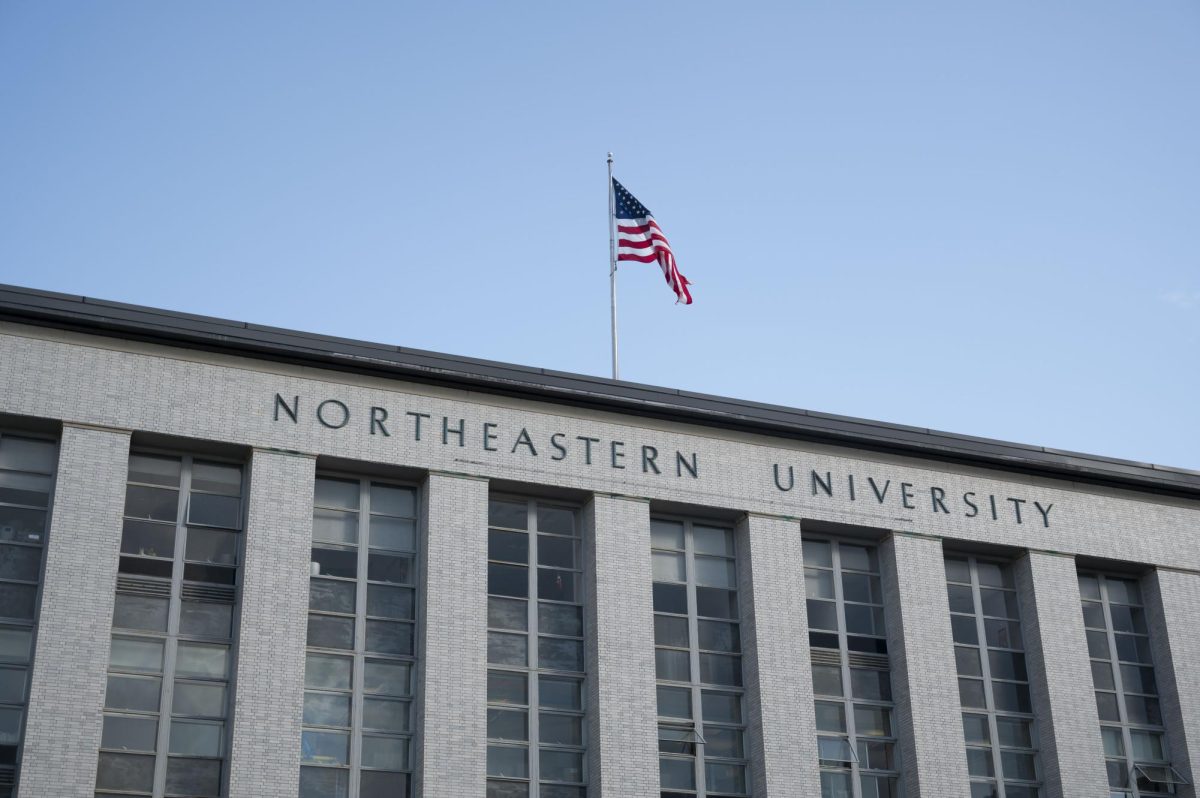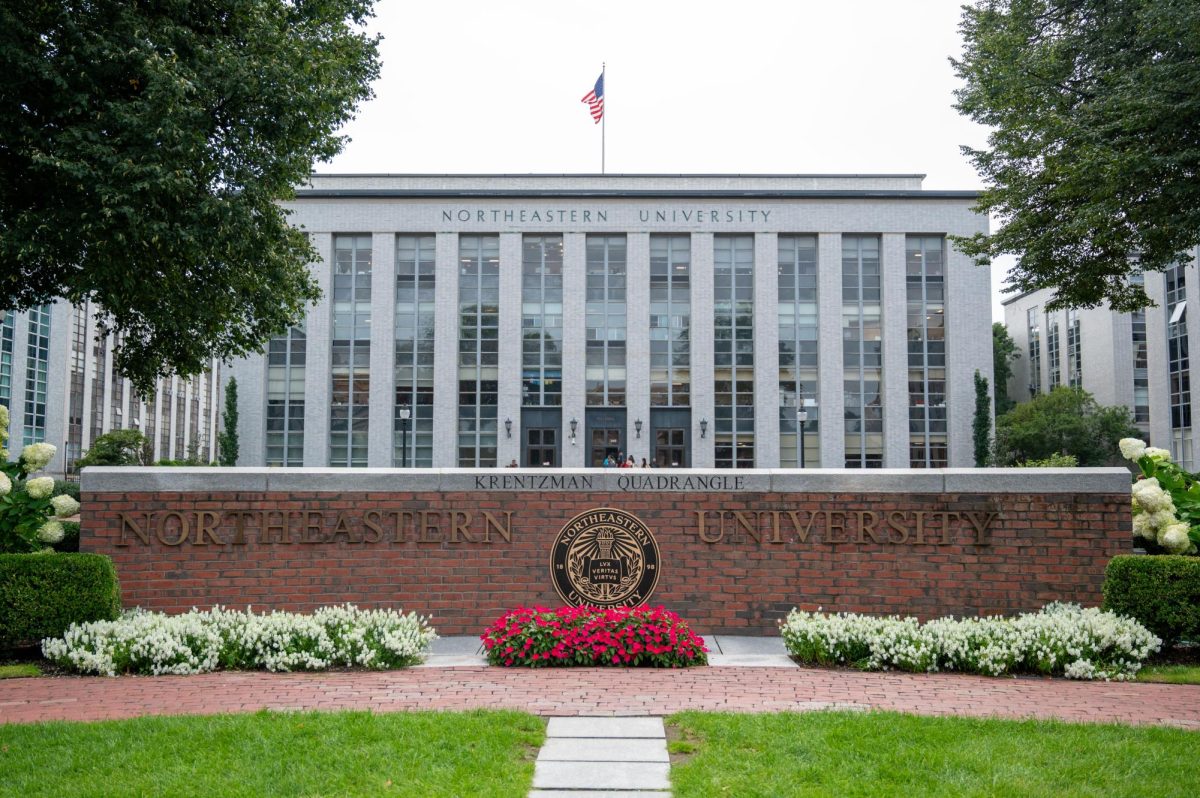By Cynthia Retamozo
The Curry Student Center (CSC) Ballroom was filled with a mix of Jewish and Latin culture last night during “Latin America through Jewish Eyes,” an event presented by several Northeastern organizations, including NU Libraries, the Department of Jewish Studies and the Latino/a Student Cultural Center (LSCC).
The event was coordinated by Maria Carpenter, NU Libraries advancement and communications officer. She said the inspiration for the show came from the NU Libraries’ desire to present different cultures and from professor of modern languages Stephen Sadow’s experience and expertise in the field.
Carpenter said she wanted to give students an understanding of Jewish subcultures found in the Latin cultures.
“I would love for the students to feel that they understand different groups,” she said. “And also to raise visibility of a subculture and educate NU on poetry and arts in that culture.”
Boston University Spanish professor and poet Alicia Borinsky, a Jewish-Latin American from Argentina who has had several of her poems published, spoke at the event. Borinsky said Jewish-Latin Art can be found on campus in the Marino Center, the corner of Forsyth and Huntington streets and on the second floor of the CSC.
Borinsky explained how common themes in Jewish-Latin poetry include ridicule and black humor, and read some works to the audience that covered the topics in both English and Spanish.
Next to speak was Sadow, who read little-known facts about Jewish-Latin culture, like there are about 500,000 Jewish people scattered around Latin America whose descendants came from Eastern countries. As a result, a mestizo, or a mixing of cultures, occurred with people having Latin first names and Jewish last names.
In addition, Sadow said Jewish Latin writings tends to be seen in a more positive light than other Jewish works.
“On the whole, the writings combine Latino word and a vision of the Jewish experience that is far less negative and less self deprecated than that found in Jewish-American or even Israeli literature,” Sadow said.
Senior Spanish and education major Katelyn Wittliff discussed Jewish-Latin American Music and concentrated on Jewish influenced Argentinian music, particularly on the Yiddish Tango. She played two songs whose instruments consisted of hand drums and a clarinet played in a Yiddish minor melody.
Assistant professor of art and design Isabel Merielles spoke about Jewish influences and presence in Brazilian art. She introduced the audience to the works of Lasar Segal, an early 20th century artist whose paintings express oppression and depression in their colors and depict cruel reality, like the shipment of immigrants in crowded ships.
Merielles showed his later paintings, which were more colorful and touched on the lighter side of life. This happened, she said, because Segal had just arrived in tropical Brazil, where he said he experienced the “miracle of color and life.”
Afterwards there was a brief Power Point slideshow, portraying different paintings from Jewish artists in various Latin American countries and free Jewish and Latin food was served.
Several students said they enjoyed the event. It particularly caught the interest of junior music industry major Sara Burnstein, who is known by her friends as the “Jewban” because of her Jewish and Cuban background.
“I was just really surprised to see an event like that,” she said, referring to her previous unawareness of the strong Jewish-Latin culture. “I thought they would be talking about Latin culture and Judaism separately, and I wasn’t expecting them to talk about them together.”









